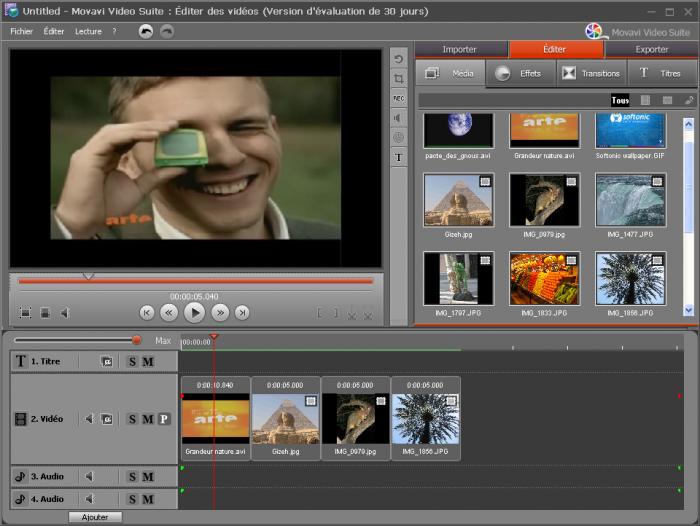ASP.NET CMS For Dynamic Content
Not only known for its security and authentication, ASP.NET CMS lets you have some real fun by allowing you to display your content in a dynamic approach. It is very much necessary to display the dynamic content and bragabout all your hard work when it comes to dealing with a full-fledged content management system. The average users won’t ever see all the work and effort that you’ve put into your CMSunless you let them to.Producing a dynamic content is simply all aboutpresenting your subject matter in front of users.
With asp.net cms, you can clearly use a standard display template for all the users visiting your site. Even this simple display template actually offers a great deal of functionalities to the users. However, nothing furthermore stops you from creating a richer template with your own implementation in ASP.NET.
An ASP.NET CMS endows you with a homepage, a technique of allocating your content into numerous domains and subdomains as per the need. The content is fractioned into five different parts with a tagline, header, teaser, body and source of which mere header and body are compulsory. Similarly, you will also have full HTML formatting enabled within all the above-mentioned divisions.
A normal user would first attempt to build up a website starting with a tool like Microsoft FrontPage. S/he would create pages after pages and realize that all the pages look the same with some exceptions. This would simply be hard to maintain. But don’t worry, fortunately dynamic content is here to help you in such situations. The idea of dynamic content is very laidback.It is solely a content produced at the time it is looked-for rather than in progress. Mostly, dynamic content is attained by keeping all the sections of content that a user may want to outlook. Then and there, when the user demands someof this content, a Web pageprecise to the request of the useris therefore built.
A website no further uses only HTML today. Nevertheless the pages you generate with FrontPage allow you to add some dynamic components and controls.When you blend personalization with dynamic content, the design lets the users to start winning some control of the dynamic nature of the site. You will observe that you can reach a truly unique experience for every user.
ASP.NET CMS for its content navigation uses the very popular three-level approach.If you look around the web, you’ll find that it generally demands about three or four levels before you get to the story you are looking for on a given Web site. Majority do not want to go much deeper than four levels into a Web site, and most Web sites float around three levels. Personalized sites built under ASP.NET CMS will frequentlycut one level off your navigation.
Even though it gives the impression to be an unwritten industry standard,havingthree levels just makes you feel exact. Two-level sites require a lot of scrolling to find what you are looking for whereas, with a four-level deep or more you start feeling tiresome. Thus, ASP.NET CMS with very popular three-level approachcan almost be a high-level abstraction of your content system.




